Almost 500 years ago, Spanish galleons made their way across the Atlantic and ‘discovered’ Colombia, where they founded the first European cities in the American continent. Now, after years of guerrilla and paramilitary unrest, and an unfortunate global reputation for drugs, Colombia has cleaned up its act significantly, and once again is a country just waiting to be discovered.
Here are 5 things we discovered during 3 weeks spent touring Colombia from top to bottom:
1. Colombia is incredibly beautiful geographically.
From tropical, wet rainforest where no matter how hot it is, your cotton shirt will never completely air dry, to downright chilly plateaus at 10,000 feet, where the only moisture in the air is sucked out of it by cactus-like plants called Fraijelones, Colombia’s diverse geography surprised and impressed me (this is definitely an understatement). Add in two very different shorelines on the Pacific and Caribbean, and 3 sets of mountain ranges (the Eastern, Western and Central Cordilleras) and you’ll feel like you’ve just visited 5 countries, not one. All equally stunning.
2. Colombia is not a third-world country. At least not in my eyes.
Our Colombian guide had a unique perspective on the question of development in this country, having also lived in Germany for several years. He said that Colombians are very good at improvising of-the-moment solutions, not long-term planning. Maybe that’s because in Colombia, everything grows all year long, so there isn’t the need to plan ahead for scarce or barren months, like in cold-weather countries. Or maybe it’s a product of their history, of being ruled by others, or their own internal politics. So perhaps city planning here is not the best, resulting in uncontrolled growth, as in Bogota, or zero or no sewage treatment plans in rural towns, for example. And there’s no denying that the distribution of wealth is more than a little lopsided. But development is happening, cities are modern, cosmopolitan and growing, and the Colombia I saw is not a have-not nation with hordes of begging orphans in the streets. Developing yes, third world, no.
3. Colombia’s coffee culture is different than ours.
Not being a coffee drinker myself, and despite an educational tour of a coffee plantation, I have no credentials for evaluating the quality of the actual beans that Colombia uses to make their national drink. (And in fact, we learned that most of the premium beans are exported.)
I do, however, subscribe to the North American love affair with cafes as social meeting places that often double as virtual offices. And who doesn’t love a creative concoction that is served up as art-in-a-cup (I order a chai latte to get my foamy fix). But this last bit is our coffee culture, not Colombia’s. In fact, it is only recently that this idea of coffee cup art has become popular in Colombia, where you can enjoy a visit to a local cafe, like this one in Salento, and they will serve you up premium beans with a pretty ‘latte design’ that rivals any Starbucks barista’s. Relax and enjoy it (and leave the computer at home).
4. Colombia has a few archaeological mysteries of their own.
Near St. Augustin you’ll find hundreds of large-scale anthropomorphic statues, burial mounds and tombs, at 4 different sites in this Alta Magdalena region – the origin of which is still a mystery. Pre-dating Machu Picchu by centuries, these ‘Regional Classic-era’ monuments date from around 900 AD, but are evidence of a culture that developed even earlier, around 1000 BC, and which we know very little about, including the significance of the statues and their symbolism.
One of the most interesting parts of the site at St, Augustin is the Fuente de Lavapatas, a rocky streambed over which flow shallow waterfalls, and where channels carved into the rock divert the water into ceremonial pools, possibly used for religious ceremonies or even births. The surfaces of the surrounding rocks are decorated with carved symbols of snakes, monkeys, and lizards, some with human faces.
If St. Augustin doesn’t excite your inner Indiana Jones, there’s also a 5-day hike you can take in Tayrona National Park, to Colombia’s own lost city, Ciudad Perdida, where in 1972, a group of local treasure hunters found a series of stone steps leading to abandoned stone platforms. Gold figurines and ceramic urns appeared soon after on the local black market where they drew the attention of the government, who restored the site over the next 8 years. But these terraces, plazas and tiled roads are not easily reached by tourists – and the local tribes want to keep it that way. The only entrance is via a gruelling 44 km hike through dense jungle, across waist-deep streams, and up 1200 or so stone steps. Did we do the hike? Hell no! Partly because I didn’t even know it existed. (and partly because I don’t do 44km hikes.) But seriously, who knew?!
5. Some things are still done the ‘Colombian way’.
Some things take time to change, including the history of bribery and corruption that Colombia is actively trying to reform. So it wouldn’t be a trip to Colombia without at least one story that reflects this: it occurred when we were returning from 3 days spent just across the Colombia border in the Brazilian Amazon. We were returning to the border town of Leticia on the day before Colombia’s national elections, when we were alarmed to discover that the two governments had decided to close the border. Normally, the border crossing in Leticia is virtually non-existent, but now what had been a small street through town had been barricaded to traffic. What was even more interesting was that our bags had been handed through this barricade and were sitting happily in the trunk of a Colombian taxi, while we were stuck on the Brazilian side of the fence.
We’re on the Brazilian side of the ‘border’, and our black bags (behind the taxi) are waiting in Colombia!
This is where having a guide was worth every cent – because after about an hour and a half, and with a little Colombian ‘persuasian’ (read greased palms), we got into a Brazilian taxi, literally drove around the block, stepped across the sidewalk and into a Colombian taxi, and presto we were back in Colombia – the entire process of which was watched by a soldier standing on the same sidewalk. Evidently, some things don’t change that much, and in this case, old habits worked out in our favour. Plus it makes for a great story.
Charming and historic, the cobblestoned streets of colonial Barichara is a tiny town with lovely hotels yet no tourists.
Our trip to Colombia introduced me to a country with a wealth of history, beauty and culture, as yet undiscovered by most of North America. And with everything this country offers, it’s only a matter of time before large scale tourism arrives here and takes away some of the charm, authenticity and affordability of this country – so don’t wait too long to rediscover Colombia for yourself.
TIP: If you’re expecting to speak English everywhere, better bring a Spanish dictionary with you, since the beauty of Colombia is that it isn’t a tourist mecca and English is not spoken in many of the smaller towns. At least not yet – and that’s the best part.

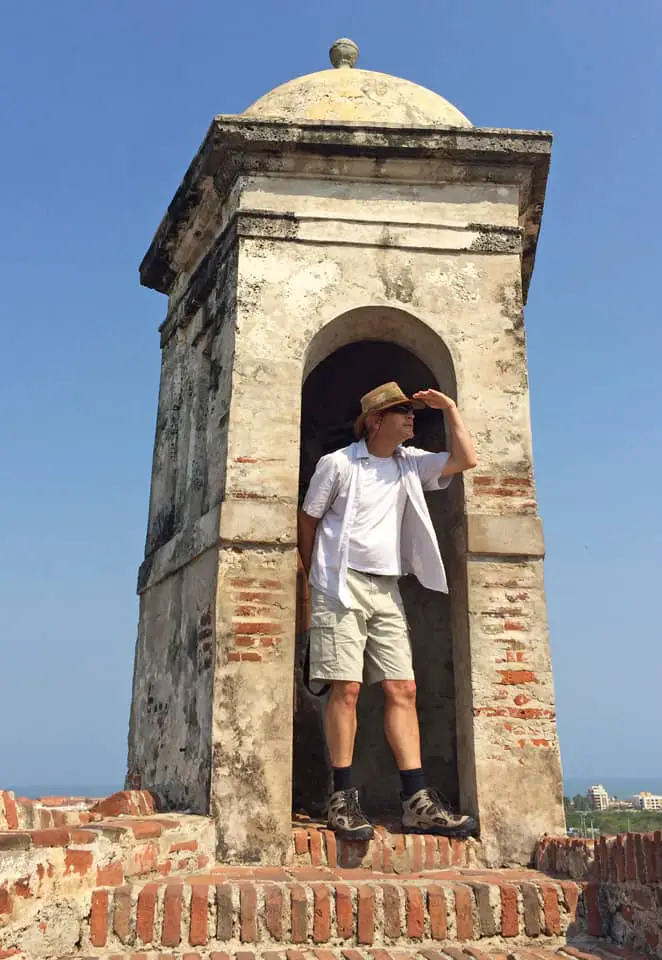
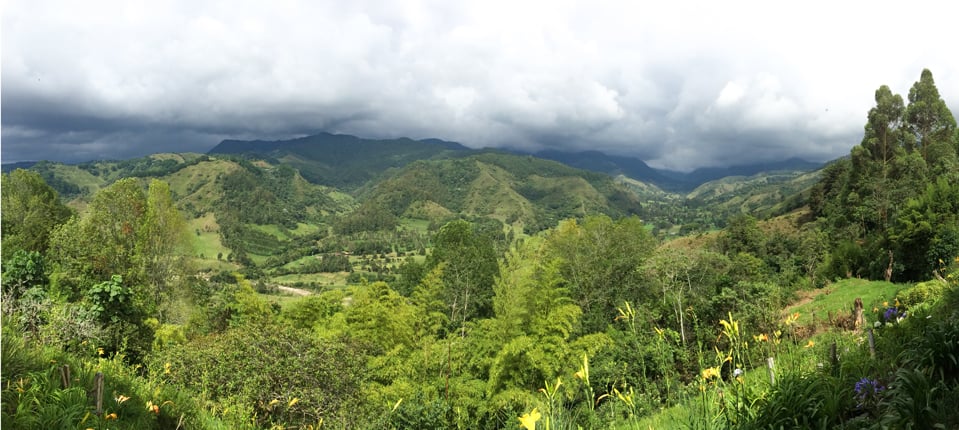
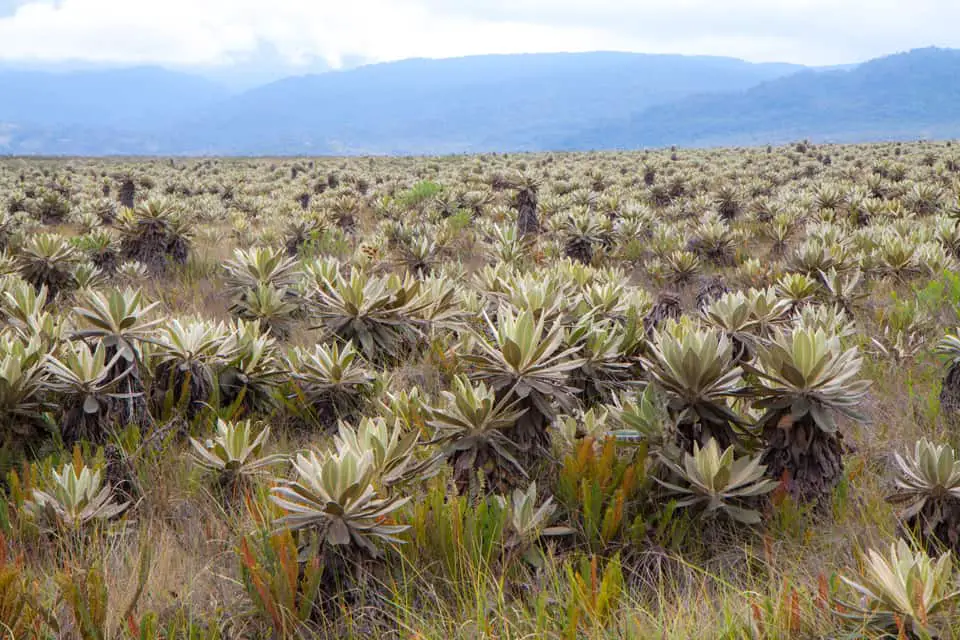
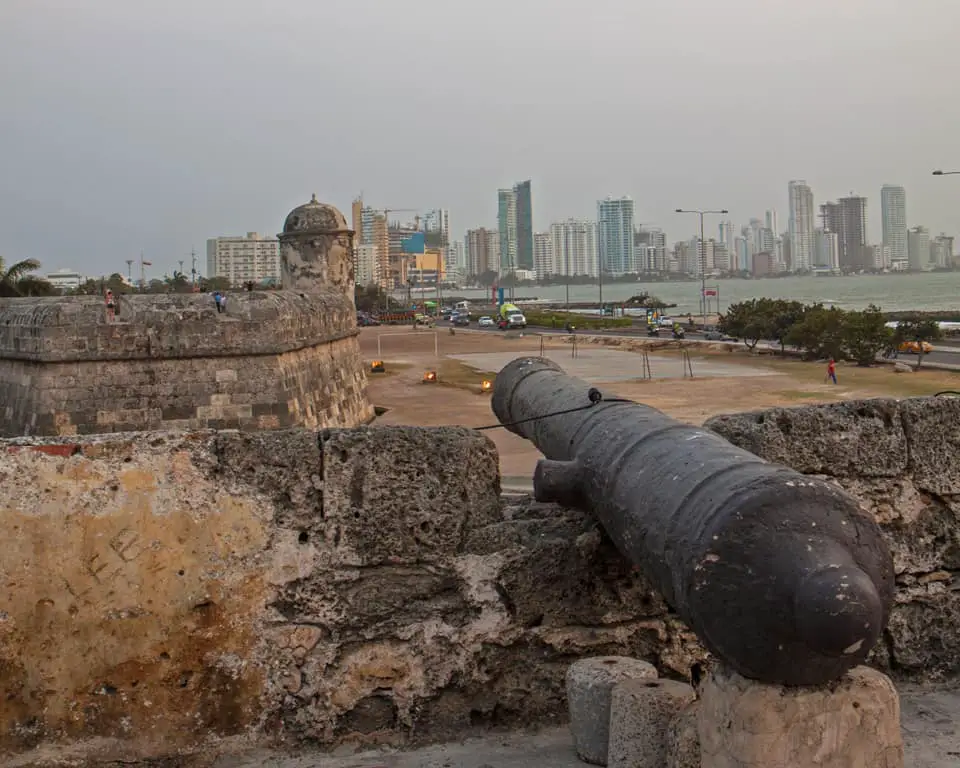
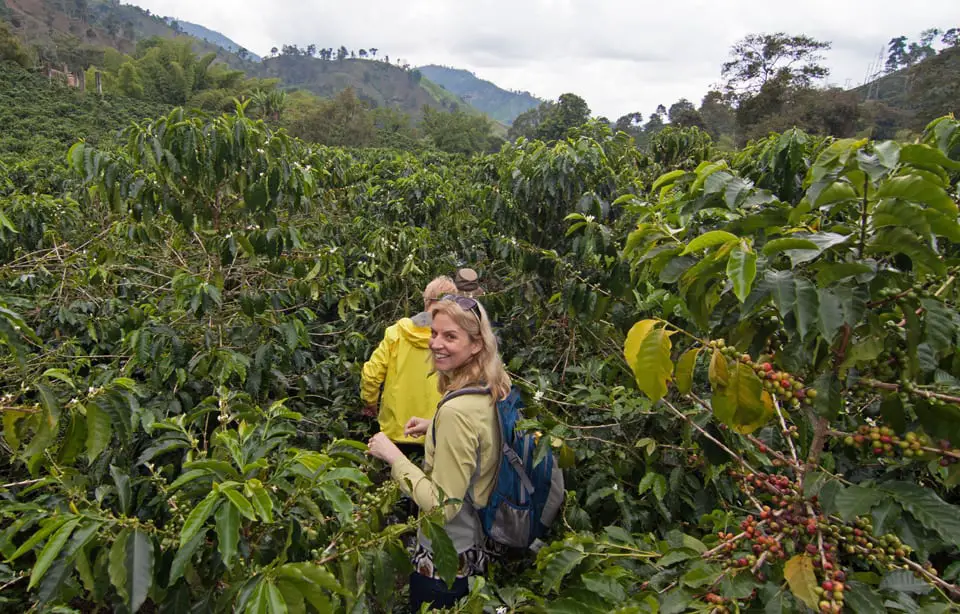
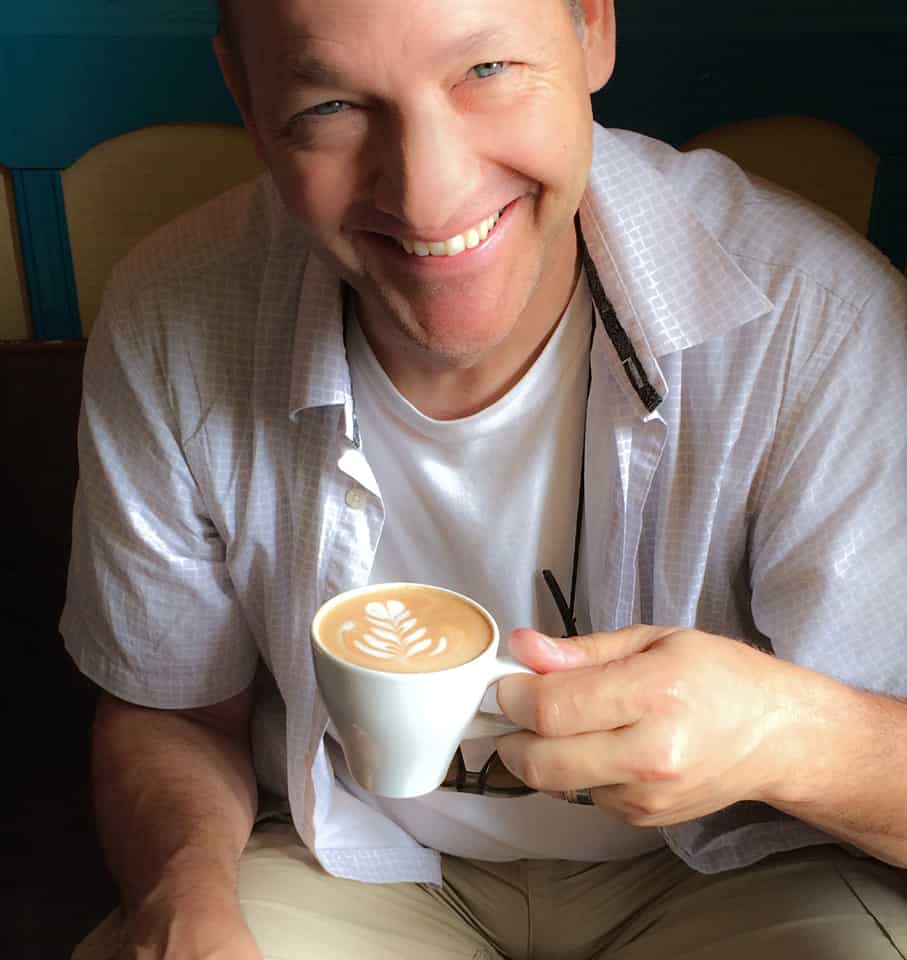
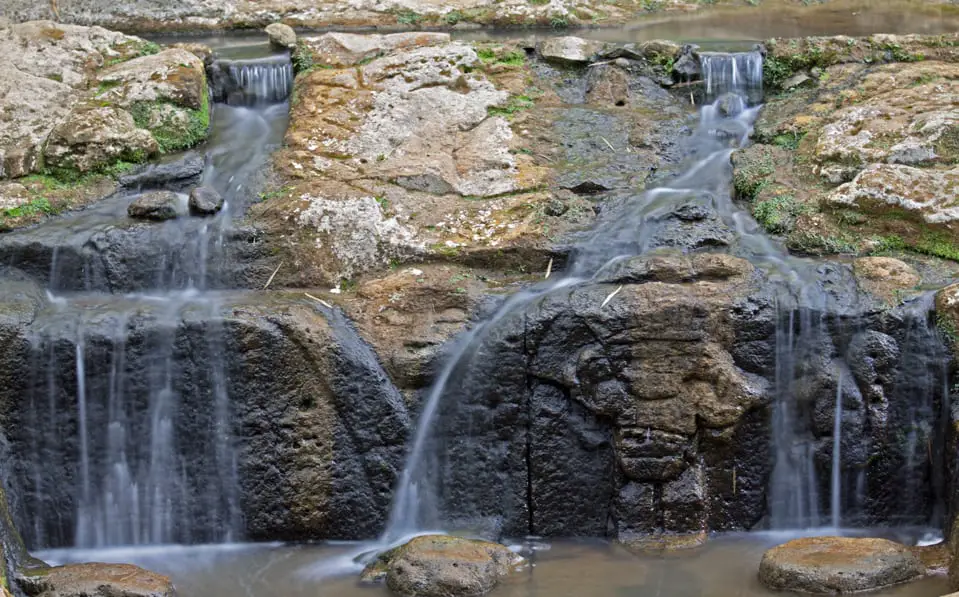
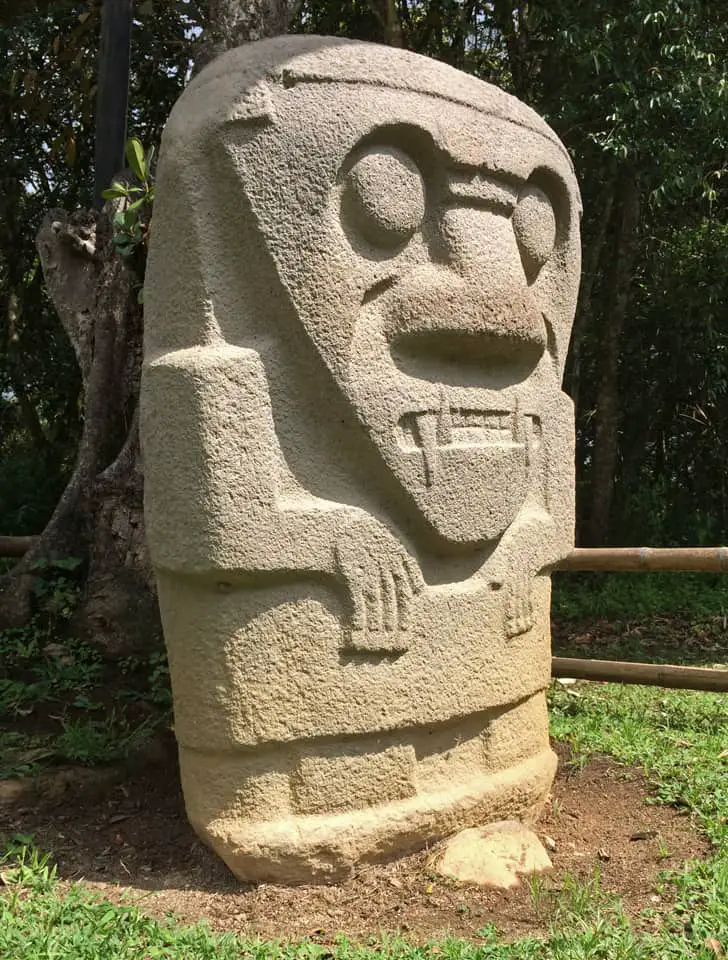
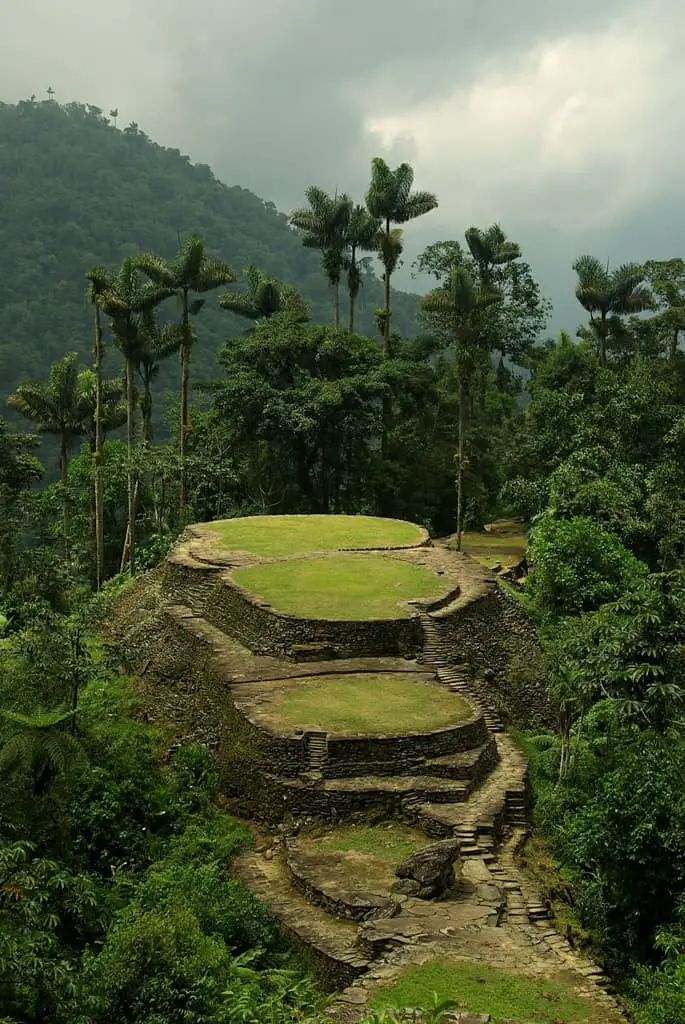
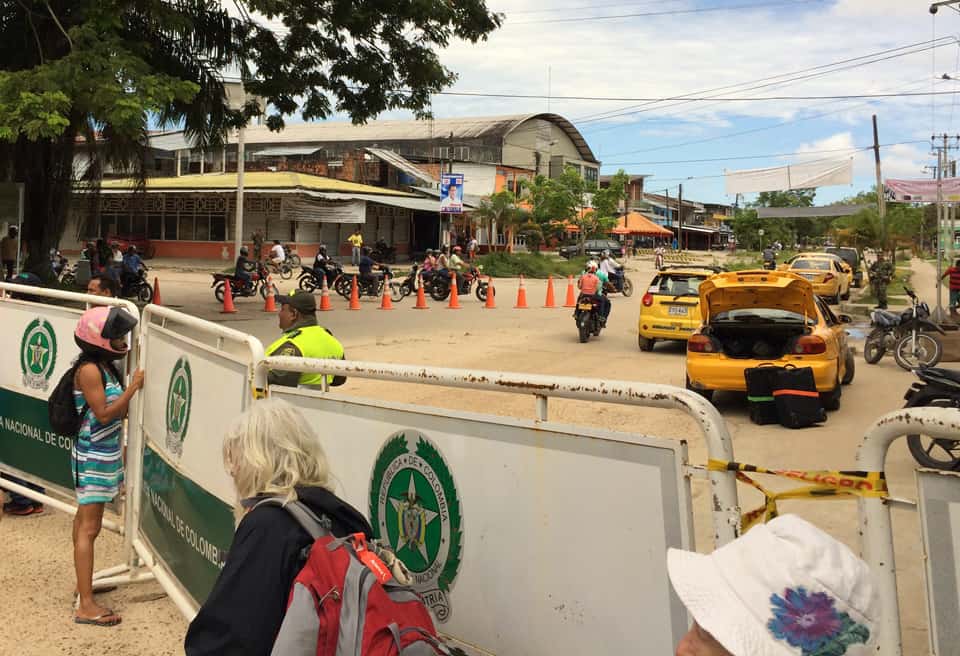
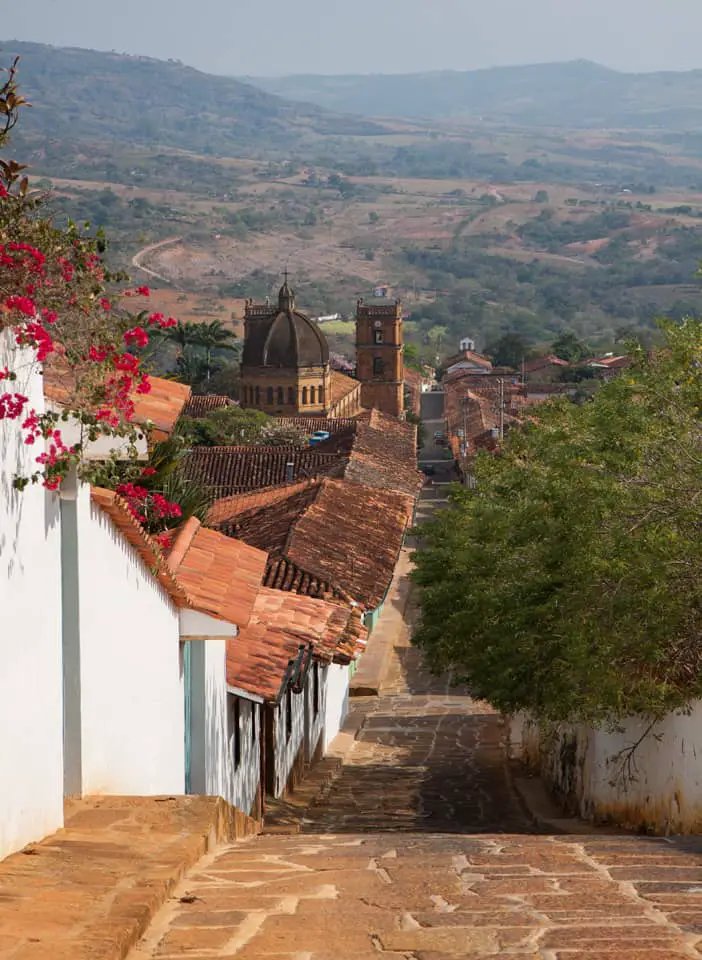
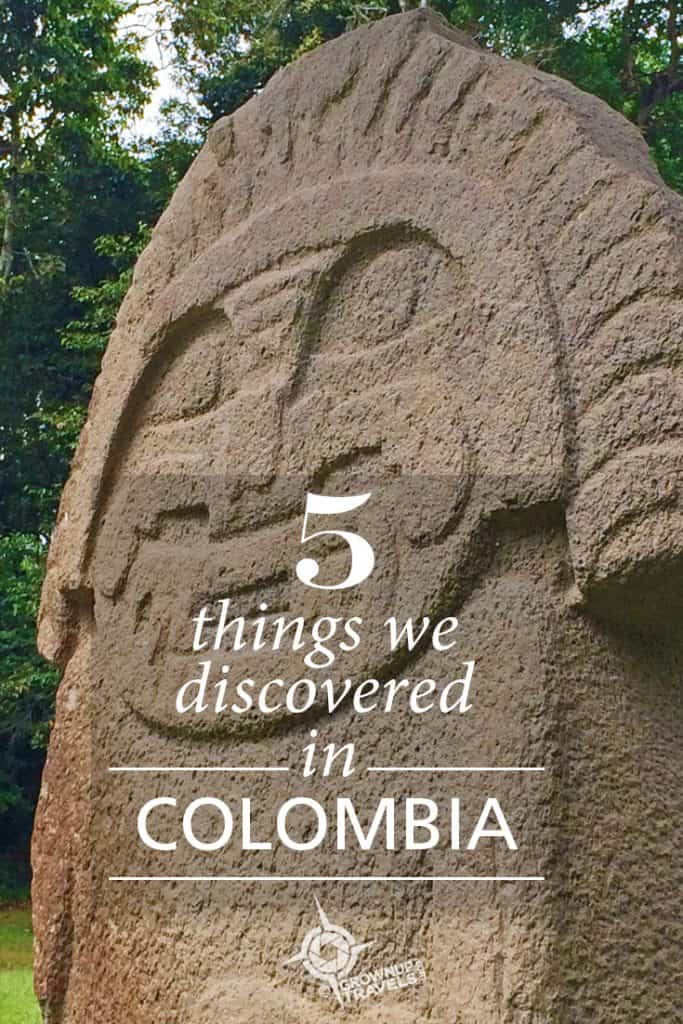

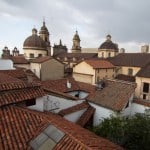









Subscribe and you'll never miss an update!
Join our mailing list to receive the latest news and updates from Grownup Travels. (We keep your email STRICTLY private)
Thank you for subscribing to Grownup Travels!